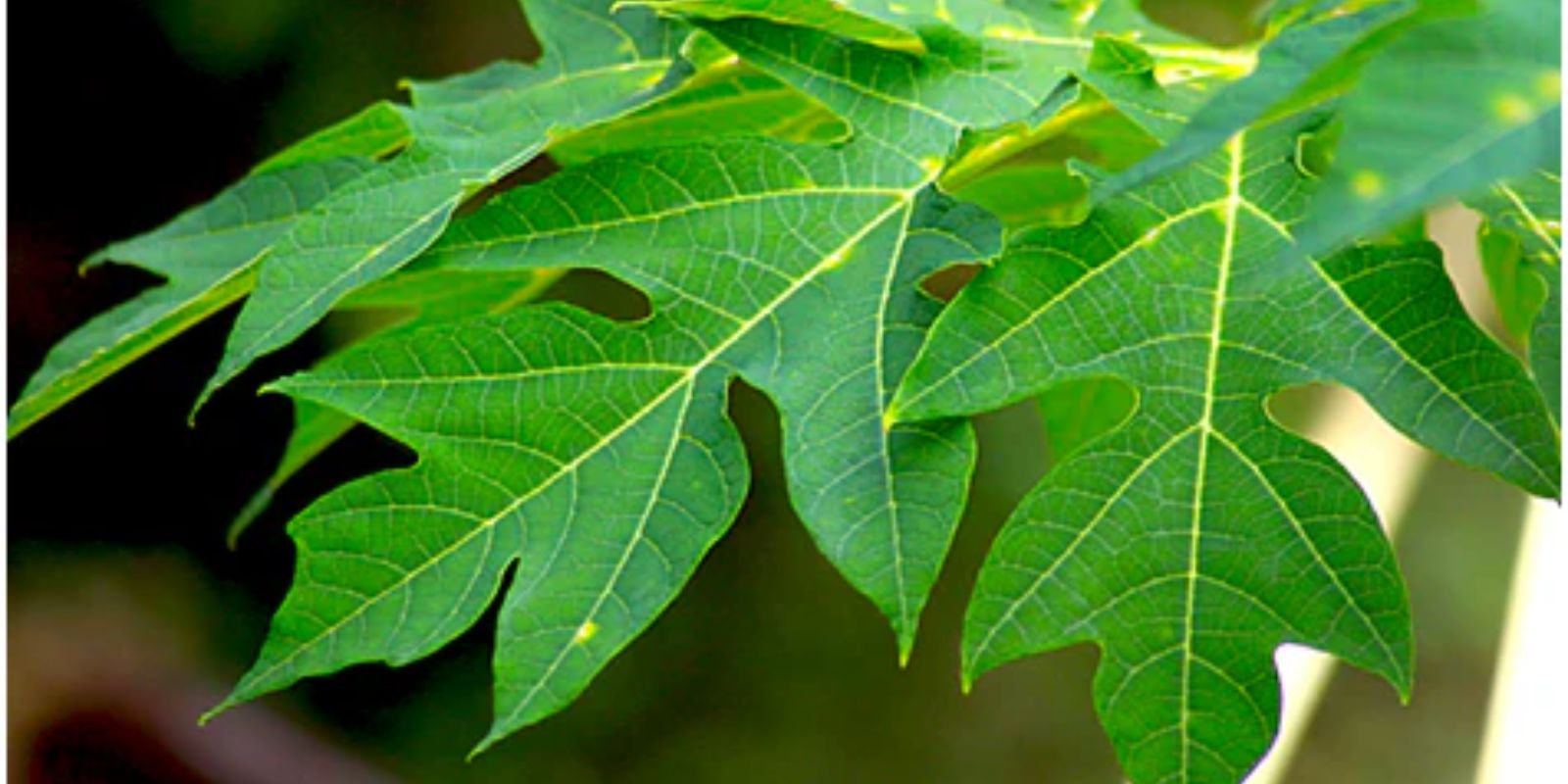Introduction
While papayas (Carica papaya) are celebrated for their sweet and juicy fruits, the leaves of this remarkable plant are often overlooked. However, papaya leaves are a treasure trove of benefits that can significantly enhance both garden health and personal well-being. From natural pest control and nutrient-rich fertilizers to medicinal applications, understanding the value of papaya leaves opens up a world of possibilities for gardeners and health enthusiasts alike. This comprehensive guide delves into the various uses of papaya leaves, offering practical tips and insights to help you maximize their potential.
Nutrient-Rich Fertilizer
The Power of Papaya Leaves
Papaya leaves are rich in essential nutrients such as nitrogen, phosphorus, and potassium, making them an excellent addition to your garden’s soil. These nutrients are crucial for healthy plant growth and development.
How to Make Papaya Leaf Fertilizer
- Gather Leaves: Collect fresh papaya leaves from your plant. If you don’t have a papaya tree, local markets or gardening centers may have them available.
- Prepare the Solution: Chop the leaves into small pieces and place them in a large container or bucket. Add water to cover the leaves. Allow the mixture to steep for about 3 to 5 days, stirring occasionally.
- Strain and Use: After steeping, strain the liquid to remove leaf fragments. Dilute the resulting fertilizer with water if it appears too concentrated. Apply this nutrient-rich solution to your garden beds or potted plants to boost their growth.
Benefits
Using papaya leaf fertilizer enriches the soil, promotes robust plant growth, and enhances overall garden health. It’s an eco-friendly alternative to commercial fertilizers and helps reduce chemical usage.
Natural Pest Repellent
Harnessing Papaya Leaves for Pest Control
Papaya leaves can act as a natural deterrent for various garden pests, including aphids, mites, and caterpillars. Their potent compounds make them an effective, non-toxic option for managing pest populations.
How to Use Papaya Leaves as a Repellent
- Prepare the Mixture: Crush fresh papaya leaves using a mortar and pestle or blender. You can also blend the leaves with a small amount of water to create a slurry.
- Apply to Plants: Spread the crushed leaves or slurry around the base of your plants or directly on affected areas. For a more precise application, strain the slurry and use a spray bottle to apply it to the leaves and stems.
- Repeat as Needed: Reapply the papaya leaf repellent every few weeks or after rain to maintain its effectiveness.
Benefits
Using papaya leaves as a pest repellent reduces the reliance on chemical pesticides, making your garden safer for beneficial insects and the environment.
Composting
Enhancing Compost with Papaya Leaves
Adding papaya leaves to your compost pile accelerates the decomposition process and enriches the compost with essential nutrients.
How to Add Papaya Leaves to Compost
- Prepare the Leaves: Chop the papaya leaves into smaller pieces to facilitate quicker decomposition.
- Layering: Add the chopped leaves to your compost pile or bin, mixing them with other compost materials such as vegetable scraps, grass clippings, and dried leaves.
- Turn Regularly: Turn the compost pile regularly to ensure even decomposition and aeration. Papaya leaves will break down and contribute valuable nutrients to the compost.
Benefits
Incorporating papaya leaves into compost improves soil structure and fertility, providing your garden with nutrient-rich organic matter.
Medicinal Uses
Exploring the Health Benefits of Papaya Leaves
Papaya leaves are renowned for their medicinal properties, including their anti-inflammatory, antioxidant, and digestive benefits. They have been used in traditional medicine to treat a variety of ailments.
How to Use Papaya Leaves Medicinally
- Tea Preparation: Boil papaya leaves in water to make a herbal tea. This tea is believed to aid digestion, boost the immune system, and reduce inflammation. Drink it regularly or as needed.
- Topical Applications: Crush papaya leaves and apply the paste to the skin to soothe minor cuts, bruises, or insect bites. The leaves’ anti-inflammatory properties can help reduce swelling and promote healing.
- Juice: Juice papaya leaves and consume it for its potential health benefits. The juice may help with digestive issues and support overall wellness.
Benefits
Papaya leaves offer a natural remedy for various health conditions, providing a holistic approach to wellness and complementing modern medical treatments.
Mulching
Using Papaya Leaves as Mulch
Papaya leaves can also be used as mulch to enhance soil health and garden aesthetics. Mulching with papaya leaves helps retain soil moisture, suppress weeds, and regulate soil temperature.
How to Apply Papaya Leaf Mulch
- Prepare the Leaves: Shred or chop papaya leaves into smaller pieces to facilitate easier spreading and decomposition.
- Apply Evenly: Spread the shredded leaves evenly around the base of your plants, covering the soil to a depth of 2 to 3 inches.
- Monitor and Maintain: Replenish the mulch as it decomposes and ensure that it remains evenly distributed.
Benefits
Using papaya leaves as mulch improves soil health, conserves moisture, and supports plant growth while reducing the need for synthetic mulch materials.
Conclusion
Papaya leaves are a versatile and valuable resource in gardening and health. From enriching soil and controlling pests to providing medicinal benefits and enhancing compost, these often-overlooked leaves offer numerous advantages. By incorporating papaya leaves into your gardening practices and daily life, you can enjoy a healthier, more sustainable garden and explore their potential health benefits.
Share your papaya leaf experiences and connect with other gardening enthusiasts by using #PapayaLeaves #GardenBenefits #EcoFriendlyGardening #PlantPower. Celebrate the hidden potential of papaya leaves and inspire others to discover their incredible uses! 🌿🍃✨

